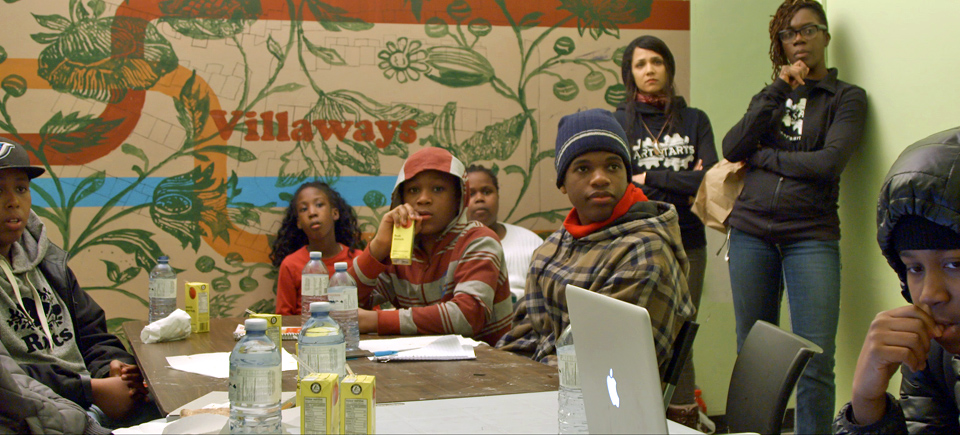How to sell your content on the Web
The following is a guest post by Marie-France Côté.
While at IDFA, I attended a WDE (world doc exchange) seminar with Wendy Bernfeld of Rights Stuff. Raised in Montreal but based in Amsterdam, Bernfeld is a digital consultant and distributor. She covered a variety of highly interesting aspects of an as yet underexplored topic: the use of non-traditional platforms to license content.
Above all, she talked about how to retain and split rights in order to get the most out of sales (and funding) opportunities over the Web. There are more and more options available to us in this blossoming cyber-field.
Buyers are varied, and revenue can be shared in number of ways (e.g., advertising revenue and commissions). Filmmakers are dreamers – but this doesn’t necessarily bring in piles of money. It’s a bit like buying a lottery ticket. Apparently someone earned $15,000 in a month by clicking advertising-revenue links. But this is an exception, and has to be considered in the broader framework of a global distribution strategy.
Who are the buyers? Among others, they include Nokia, the phone manufacturer, which commissions content for cellphones, and Babelgum, which buys documentaries for exclusive distribution via its Web platform.
SnagFilms is another distribution platform that operates by sharing advertising revenue. It also enters into partnerships with organizations like Hulu.com in order to boost film distribution. Another partner is the Washington Post. The online edition features videos from the SnagFilms collection, embedded in related articles.
Other platforms can also help us get the most out of our productions:
– Video on demand (VOD), accessible via TV
– Downloading and streaming via home computers
– Mobile telephones (Nokia, etc.)
– Game consoles: PlayStation now offers documentary content!
– New: VOD based on shared advertising revenue instead of licences
Keep in mind that all of the above elements should be considered as separate rights, and that for the time being Internet rights are non-exclusive (remember to include this in your television broadcaster contracts!). Regions and languages also require separate rights: the more you split these rights, the greater the chance of generating revenue. Content for women (formerly neglected by the Web) is apparently now in demand, and content is often grouped together and searchable by themes and categories. Another opportunity for filmmakers to show their creativity!




thanks for sending me to kevin kelly’s site, marie. i’ve read about 4 (very lengthy) articles so far.
many of his ideas (about free) echo his associate’s chris anderson. i’ve re-listened to his book ‘free’ for the second time this week.
all of this has been inspiration for me to begin production on my own animated feature. i hope to have a production blog up and going in the new year. i want to give the film away under a creative commons license, similar to nina paley, and hopefully generate some income through the blog to allow me to work on it more than just weekends and evenings.
Thanks Sean for the great infos, i’ll watch Nina Paley’s talk for sure-makes me think of this fantastic website and guy, Kevin kelly and his blog the Technium,lots of great resources too there
http://www.kk.org/thetechnium/index.php
these are great tips marie, thank you!
in your line of work you’ve probably heard of ‘power to the pixel’. but in case you haven’t….
i’ve been CONSUMING their videos through their podcast and on babelgum. lots of great information for the independent film maker about financing and self-distribution. my favourite is nina paley’s talk about her film ‘sita sings the blues’.